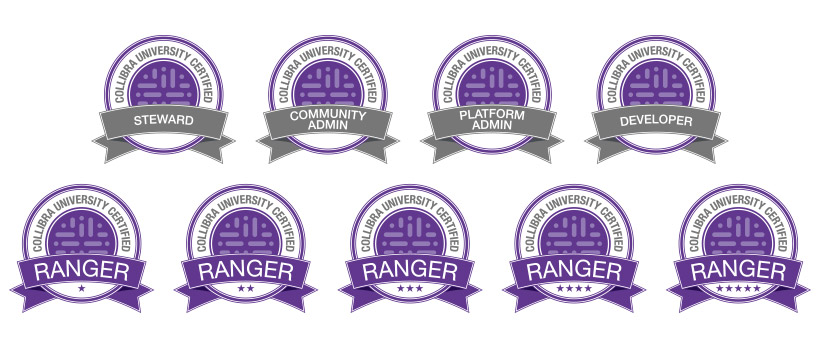You made a New Year’s resolution to hit the gym three times a week for some high intensity interval training. Good for you! You’ll likely increase your metabolism, strengthen your heart, and lose some of those holiday pounds. Best of all, you’ll be more able to participate fully in whatever new adventures 2018 might bring.
Yep, you know that to keep fit you need to get out there and do some training. And to keep your governance program fit, you need to make a similar commitment to software training.
Huh? Okay, hear me out. Because getting your team trained and fit could be one of the smartest things you do in the New Year.
I’ve been a software trainer for a lot of years now, and there’s one thing I know. Good training drives user adoption. And good user adoption drives success. Unfortunately, when most companies implement new software, training is usually at the bottom of the launch list. I get it—your teams are bright and you assume they can figure things out with the bare minimum of training.
But over and over, I see really smart people who haven’t been introduced to key software concepts and features performing crazy work-arounds to get a result. Admittedly I am often impressed by the sheer inventiveness of the work-around, but it’s still a work-around—i.e. time-consuming, tedious, and burdensome. Understanding what the software can do, and experiencing—hands-on—that what it does is better, faster, and more reliable than the work-around can be revelation.
I do understand why people resist software training. For a lot of years all trainers asked us to do was memorize a series of processes until the green light went on. We could replicate the steps, but we had no idea why we were performing them. Today, we incorporate learning theories and teach to various learning styles. For example, I often use a series of challenges when I teach, asking my students to solve a particular problem in a set amount of time, providing hints along the way. Since the problems I pose are ones they’re likely to encounter, it gives them some “real-world” hands-on experience. And because they are more engaged, they are more likely to retain the information they’ve just learned.
So let’s talk about retention. Have you ever heard of the “Forgetting Curve”? It’s based on some studies performed on U.S. Navy pilots. The results are quite startling. About 70% of us—even the brightest among us—are likely to forget 30% of what we’ve learned within 48 hours. And if we have not engaged with that learning in any way, after 45 days we will forget it entirely.
Now, think about the last software implementation you were involved in. If the minimal amount of software training your organization ponied up for happened in the first few days of the implementation cycle, it’s pretty clear that your teams are going to have a hard time retaining the information they learn. Of course, sometimes you need to train a core group of users early to get the software implemented, but try to schedule additional training closer to when the users will realistically use the software in production. And you should also think about taking advantage of “just-in-time” training and refresher courses when you can. Collibra University provides some really good (free!) options.
However you approach training, know that more training gives your teams more versatility. And more versatility means you are getting real value out of your software investments. That’s a great way to start the New Year off right.




